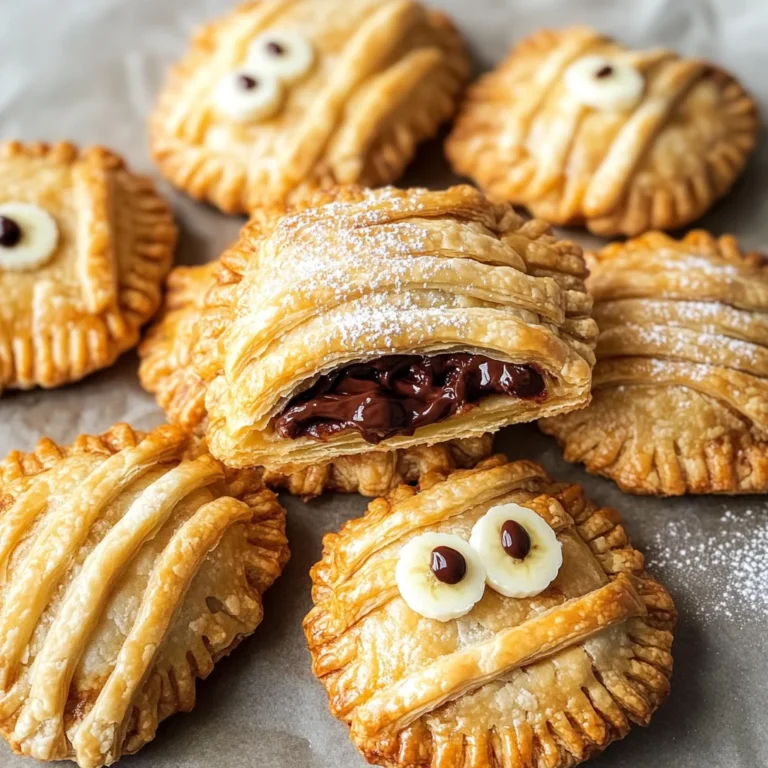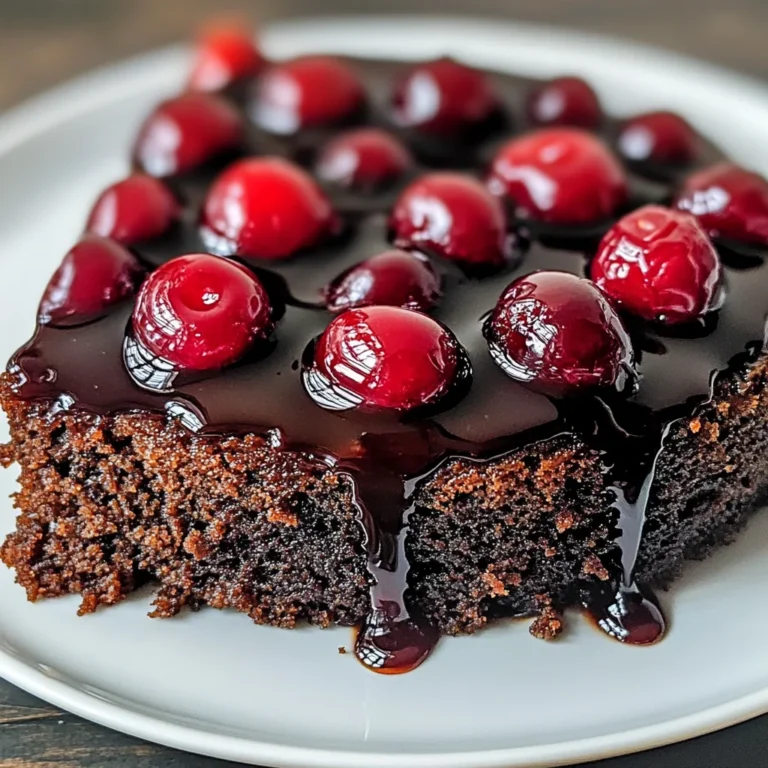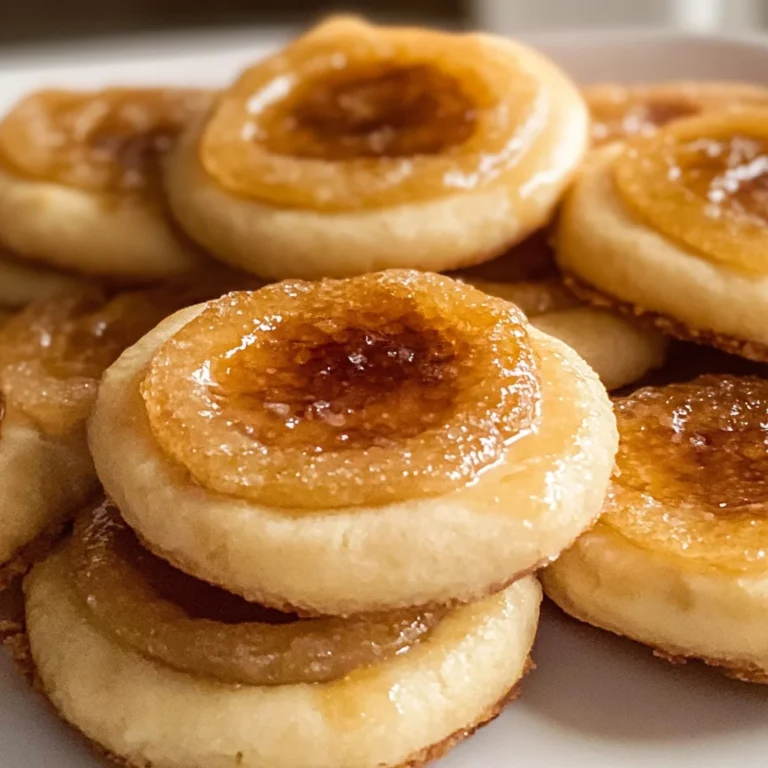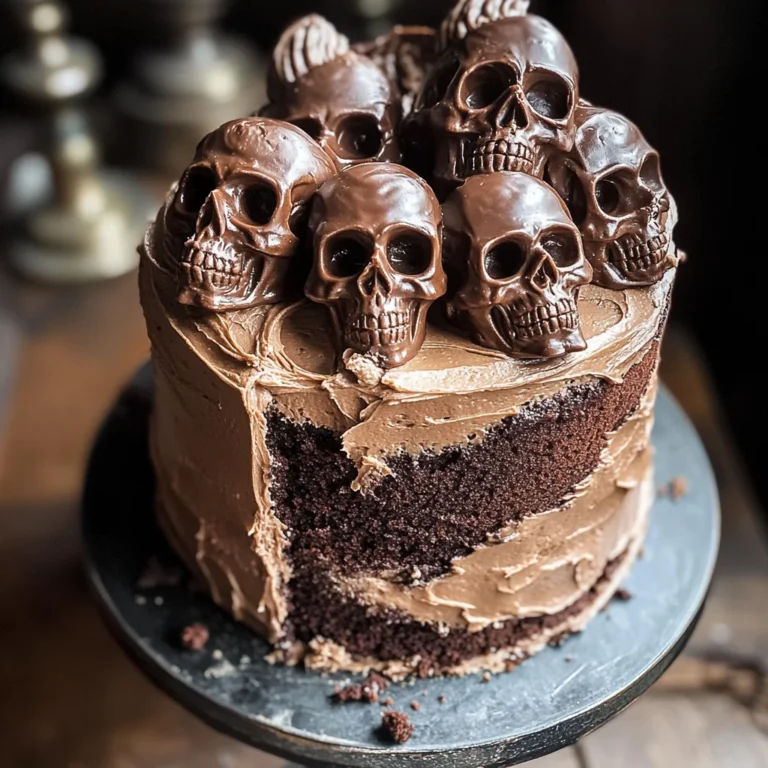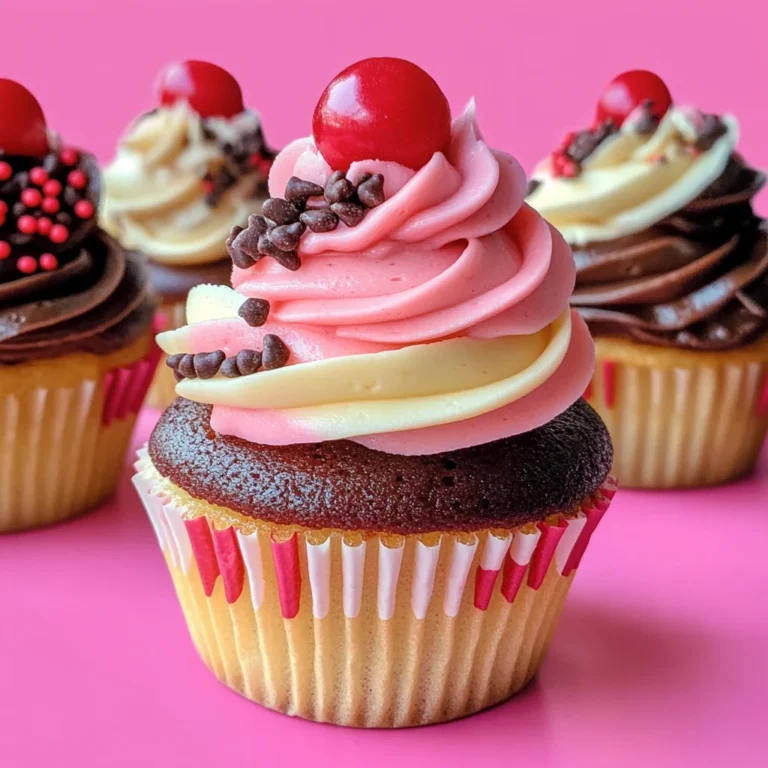Flower Jelly
Flower jelly is a delightful treat that captures the essence of fresh blossoms in a sweet and fragrant jelly. Perfect for various occasions, this jelly can enhance desserts, be used as a spread on toast, or serve as a unique gift in decorative jars. With its vibrant colors and floral notes, flower jelly stands out as a charming addition to any table setting or celebration.
Why You’ll Love This Recipe
- Simple Process: This recipe is straightforward, making it accessible even for novice cooks.
- Versatile Uses: Enjoy flower jelly as a topping for desserts, yogurt, or even in cocktails (non-alcoholic variations).
- Natural Ingredients: Made with fresh flowers and natural sweeteners, this jelly is free from artificial ingredients.
- Unique Flavor: The infusion of edible flowers offers a one-of-a-kind taste experience that’s sure to impress your guests.
- Great for Gifting: Homemade flower jelly makes an exquisite gift. Present it in beautiful jars for special occasions.
Tools and Preparation
Before you start making your flower jelly, gather the necessary tools to ensure a smooth process.
Essential Tools and Equipment
- Large saucepan or jam pot
- Strainer or cheesecloth
- Measuring cups
- Ladle
- Jars for storage
Importance of Each Tool
- Large saucepan or jam pot: Essential for boiling the mixture and ensuring even heating.
- Strainer or cheesecloth: Helps separate the floral tea from the solid flower parts, giving you a clear jelly.
- Measuring cups: Accurate measurements are crucial for achieving the right texture and flavor in your jelly.
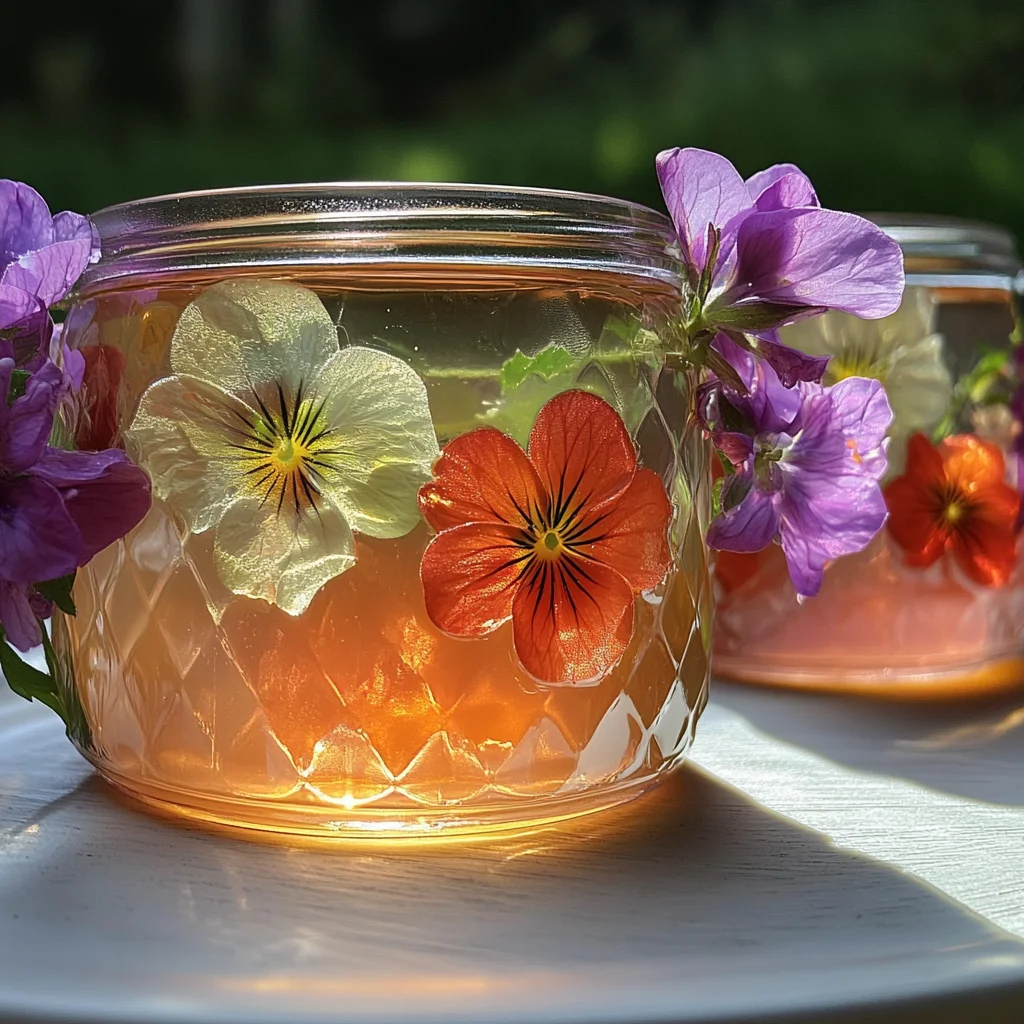
Ingredients
To create this delightful flower jelly, you’ll need the following ingredients:
For the Jelly
- 4 cups edible flower blossoms
- 4 cups water
- 2 tbsp lemon juice
- 1 to 4 cup sugar (see note)
- 1 box powdered pectin (1.75 oz box pectin (Regular or Low Sugar))
How to Make Flower Jelly
Step 1: Prepare the Flowers
- Separate 4 cups of edible flower blossoms from their stems.
- Carefully remove any green parts to ensure only the flowers are used.
Step 2: Infuse the Floral Tea
- Pour 4 cups boiling water over the flower blossoms.
- Allow the tea to infuse for about 10 minutes.
Step 3: Strain the Mixture
- Strain the infused floral tea into a large saucepan or jam pot.
- Add 2 tbsp lemon juice. This enhances color, balances sweetness, and aids in preservation.
Step 4: Boil and Add Pectin
- Bring the mixture to a boil.
- Add 1 box powdered pectin, stirring until dissolved.
- Boil for 1 minute before adding sugar.
Step 5: Sweeten Your Jelly
- Gradually add 1 to 4 cup sugar, stirring until fully dissolved.
- Bring back to a full boil for another minute.
Step 6: Jar Your Jelly
- Ladle the hot jelly into sterilized jars, leaving about 1/4 inch headspace.
- If canning, process in a water bath canner for 10 minutes; otherwise, allow jars to cool completely before refrigerating or freezing.
With these simple steps, you’ll have delicious flower jelly that not only tastes good but also looks stunning! Enjoy sharing it with friends and family or savoring it all by yourself!
How to Serve Flower Jelly
Flower jelly is a delightful treat that can be enjoyed in various ways. Its sweet floral taste makes it a versatile addition to many dishes and desserts. Here are some creative serving suggestions to enhance your flower jelly experience.
On Toast
- Spread a generous layer of flower jelly on your morning toast for a sweet start to your day. Pair it with cream cheese for an extra creamy texture.
As a Dessert Topping
- Drizzle flower jelly over vanilla ice cream or yogurt. The floral notes will add a refreshing twist to your favorite desserts.
In Tea
- Stir a spoonful of flower jelly into hot tea. It not only sweetens the drink but also infuses it with beautiful floral flavors.
With Cheese
- Serve flower jelly alongside assorted cheeses on a charcuterie board. The sweetness of the jelly complements rich, savory cheeses perfectly.
In Smoothies
- Blend flower jelly into your morning smoothie for a unique flavor boost. It pairs well with fruits like strawberries and bananas.
How to Perfect Flower Jelly
To achieve the best results when making flower jelly, consider these helpful tips. They will ensure you create a beautiful and flavorful batch every time.
- Choose fresh flowers: Use only fresh, edible flowers for the best flavor and color. Avoid wilted or spoiled blossoms.
- Proper pectin use: Make sure to follow the instructions on the pectin box carefully. Adding sugar at the right time is crucial for setting the jelly properly.
- Monitor sugar levels: Adjust the amount of sugar based on your taste preference and the natural sweetness of the flowers used. Start with less and add more as needed.
- Cool jars correctly: Allow jars to cool completely before storing them in the refrigerator or freezer. This helps maintain their quality and extends their shelf life.
Best Side Dishes for Flower Jelly
Pairing side dishes with flower jelly can elevate any meal. Here are some delicious options that complement its unique flavor profile nicely.
- Scones: Fluffy scones served warm make an excellent match for flower jelly, enhancing both taste and texture during afternoon tea.
- Salad with Feta: A light salad topped with crumbled feta cheese offers a savory contrast to sweet flower jelly, balancing flavors beautifully.
- Fruit Salad: A refreshing fruit salad brings out the floral notes in the jelly, creating a vibrant and colorful dish that’s perfect for brunch.
- Pancakes: Fluffy pancakes drizzled with flower jelly can transform breakfast into a special occasion, adding sweetness without overpowering other flavors.
- Cheese Platter: An assortment of soft and hard cheeses paired with flower jelly creates an elegant appetizer that tantalizes guests’ taste buds.
- Crackers: Simple crackers topped with cream cheese and a dollop of flower jelly make for delightful bite-sized snacks at any gathering.
Common Mistakes to Avoid
Making flower jelly can be delightful, but there are common pitfalls to watch out for.
- Boldly skip the lemon juice – Omitting lemon juice can result in dull color and poor preservation. Always include it for a vibrant jelly.
- Boldly rush the infusion – Not allowing the flowers to steep long enough can lead to weak flavor. Let them infuse for the full 10 minutes.
- Boldly skip straining – Failing to strain the mixture can leave unwanted bits in your jelly. Always strain to ensure a smooth texture.
- Boldly add sugar too soon – Adding sugar before the pectin will prevent proper setting. Wait until the mixture is boiling before adding sugar.
- Boldly ignore headspace – Not leaving enough headspace in jars can cause overflow during processing. Always leave at least 1/4 inch of space.
Storage & Reheating Instructions
Refrigerator Storage
- Store in airtight jars.
- Flower jelly lasts up to one month in the refrigerator.
Freezing Flower Jelly
- Use freezer-safe containers or jars.
- It can be frozen for up to six months. Ensure there’s enough headspace as jelly expands when frozen.
Reheating Flower Jelly
- Oven – Preheat oven to 350°F (175°C) and warm jelly in a safe dish for about 10 minutes.
- Microwave – Heat in short intervals, stirring between each, until warm.
- Stovetop – Gently warm on low heat, stirring constantly until heated through.
Frequently Asked Questions
Here are some common questions about making flower jelly.
What flowers can I use for Flower Jelly?
You can use a variety of edible flowers like violets, roses, or lavender. Just ensure they are pesticide-free and safe to eat.
How can I customize my Flower Jelly?
Try adding different citrus juices or blending various flower flavors for unique combinations.
Is Flower Jelly suitable for gifting?
Absolutely! Its beautiful colors and unique taste make it a perfect gift. Consider decorating jars creatively for presentation.
How do I know if my Flower Jelly has set?
If it holds its shape when spooned out of the jar, it’s set. You can also do a plate test; place a spoonful on a cold plate and tilt it—if it holds shape, it’s ready.
Can I use less sugar in my Flower Jelly?
Yes, you can adjust sugar levels according to taste but remember this may affect setting consistency. Using low-sugar pectin may help with this adjustment.
Final Thoughts
Flower jelly is not only visually stunning but also versatile in its uses. You can enjoy it on toast, pair it with desserts, or use it as a creative gift. Don’t hesitate to customize it with different flowers or fruit juices!
Flower Jelly
Flower jelly is a delightful, aromatic treat that captures the essence of fresh blossoms, making it a charming addition to any table or celebration. This vibrant jelly not only enhances desserts but also serves as a unique spread for toast or an exquisite gift in beautifully decorated jars. With its sweet floral notes and stunning colors, flower jelly is sure to impress guests and elevate any meal.
- Prep Time: 15 minutes
- Cook Time: 15 minutes
- Total Time: 30 minutes
- Yield: Approximately 16 servings 1x
- Category: Dessert
- Method: Canning
- Cuisine: American
Ingredients
- 4 cups edible flower blossoms
- 4 cups water
- 2 tablespoons lemon juice
- 1 to 4 cups sugar (adjust based on preference)
- 1 box powdered pectin (1.75 oz)
Instructions
- Prepare the flowers by separating the blossoms from their stems and removing any green parts.
- Infuse the flowers by pouring boiling water over them and letting steep for about 10 minutes.
- Strain the infused tea into a large saucepan and add lemon juice.
- Bring the mixture to a boil, then stir in the powdered pectin until dissolved.
- Gradually add sugar, stirring until fully dissolved, then boil for another minute.
- Ladle hot jelly into sterilized jars, leaving about 1/4 inch headspace, and process in a water bath canner for 10 minutes or let cool before refrigerating.
Nutrition
- Serving Size: 2 tablespoons (30g)
- Calories: 60
- Sugar: 14g
- Sodium: 0mg
- Fat: 0g
- Saturated Fat: 0g
- Unsaturated Fat: 0g
- Trans Fat: 0g
- Carbohydrates: 15g
- Fiber: 0g
- Protein: <1g
- Cholesterol: 0mg


